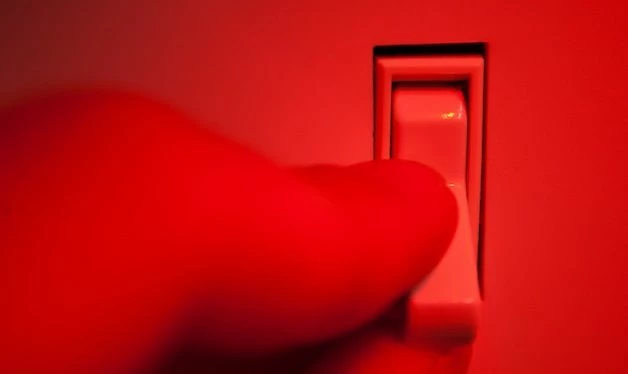
Partner Article
Turn the lights back on with tax reliefs
It’s not surprising that amid all the fears of energy inflation, driven in part by the government’s introduction of the carbon price floor last April, 60% of UK businesses are looking hard at ways to improve their energy efficiency this year. And 88% say they are worried about the security of their energy supply.
These statistics appear in a recent report from the Major Energy Users’ Council (Powercut Britain: Are The Lights About To Go Out For UK Business? October 2013).
The report focuses more on cost savings than on improving environmental sustainability, but the two are of course linked. Of all the options available to businesses, including investing in behavioural change programmes and on-site generation, upgrading to greener lighting systems might seem the quickest fix – and might also promise the best return on investment. After all, lighting accounts for on average a third of a building’s electricity use (a figure which hasn’t changed in a quarter of a decade, since the 1997 Kyoto Protocol), compared to 28% for heating.
Let’s say you’ve decided on an upgrade, for cost-saving and/or environmental reasons, and you’ve chosen an energy-efficient lighting technology. So far, so good. You’ve also locked down a specific lighting design for your building(s), which includes lamps, fixtures and controls, as well as choices concerning adjusting colour and intensity. Even better. You might at this stage think you’re well on the way to saving up to 40% of your lighting energy costs, according to The Carbon Trust. But you might be mistaken, because you might not have given enough thought to how you are going to pay for it all. It’s easy to blow a significant amount of those potential cost savings on an inefficient financing model.
Take, for example, leasing: a popular tax-efficient option for most capital assets – but possibly not the best option when upgrading to greener lighting systems. This is because if you lease, you can’t take advantage of the government’s Enhanced Capital Allowance (ECA) scheme, which allows a business to offset 100% of the cost of investments in certain energy-saving equipment against any taxable first-year profits. Clearly any savings will benefit only the end user – and ultimate owner of the technology system – not the lessor.
This doesn’t mean you have to incur major upfront capital costs. Instead, consider the good old-fashioned Hire Purchase agreement, which lets you spread installments while guaranteeing final ownership of the asset.
Final ownership of the asset is not the only technicality to be considered. The lighting products must also meet the Government’s ECA eligibility criteria. While these are published online, it is worth confirming with the manufacturer, as guidelines are not crystal clear, given that products are not listed individually.
So if you are one of the 60% of UK businesses planning a substantial investment this year (MEUC, October 2014), Hire Purchase might not seem the obvious choice. However, it’s a pragmatic solution that offers a triple whammy: reduced energy costs and carbon emissions resulting from a technology upgrade, the offsetting of 100% of tax on business profits in the first year, and a spreading of the overall payment to help cash flow.
This was posted in Bdaily's Members' News section by Roger Skinner .
Enjoy the read? Get Bdaily delivered.
Sign up to receive our popular morning National email for free.








 Zero per cent - but maximum brand exposure
Zero per cent - but maximum brand exposure
 We don’t talk about money stress enough
We don’t talk about money stress enough
 A year of resilience, growth and collaboration
A year of resilience, growth and collaboration
 Apprenticeships: Lower standards risk safety
Apprenticeships: Lower standards risk safety
 Keeping it reel: Creating video in an authenticity era
Keeping it reel: Creating video in an authenticity era
 Budget: Creating a more vibrant market economy
Budget: Creating a more vibrant market economy
 Celebrating excellence and community support
Celebrating excellence and community support
 The value of nurturing homegrown innovation
The value of nurturing homegrown innovation
 A dynamic, fair and innovative economy
A dynamic, fair and innovative economy
 Navigating the property investment market
Navigating the property investment market
 Have stock markets peaked? Tune out the noise
Have stock markets peaked? Tune out the noise
 Will the Employment Rights Bill cost too much?
Will the Employment Rights Bill cost too much?